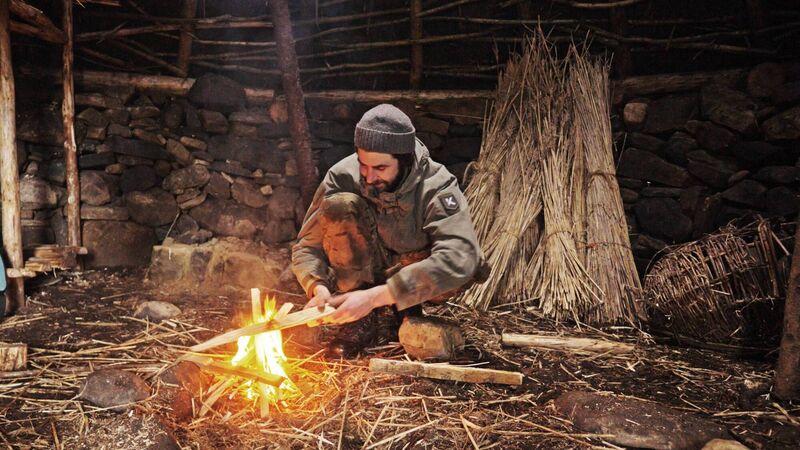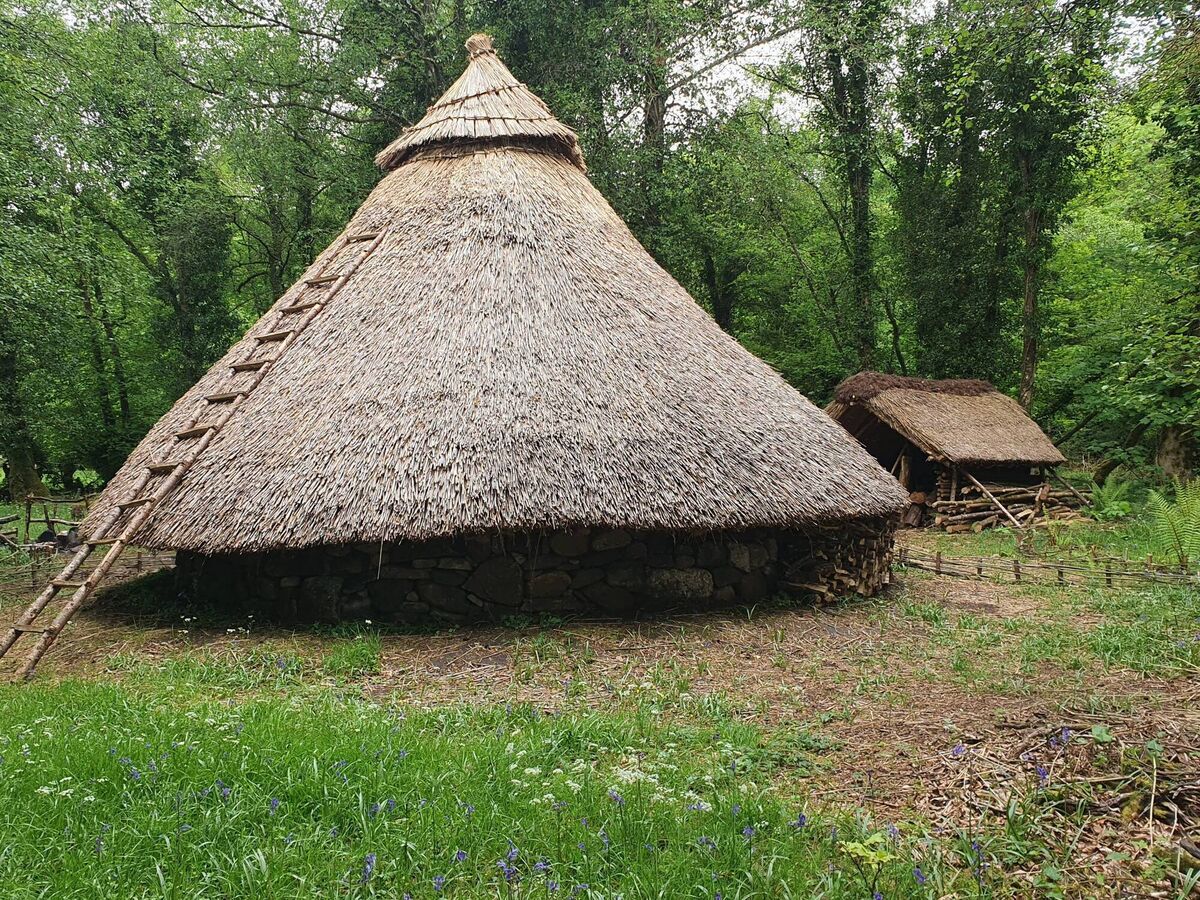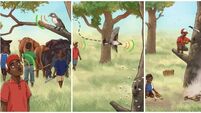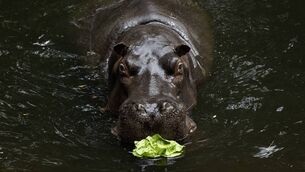This man plans to live in a medieval-style house in a Co Galway woods

roundhouse
When I met Julius Brummelman at his roundhouse in the woods he grasped my hand with an iron grip. I knew then that the 28-year-old was a man who was used to hard work. Over the last two years, with his cousin Dylan van Leeuwen (30), he has built a medieval roundhouse in a beautiful woodland setting in County Galway. Surrounded by oak trees and bluebells and next to a bubbling stream, it looked exactly like the sort of place an ancient Irish family might have chosen to settle. Both young men, who were born in the Netherlands, have settled in Ireland where their aunt has lived for many years.








